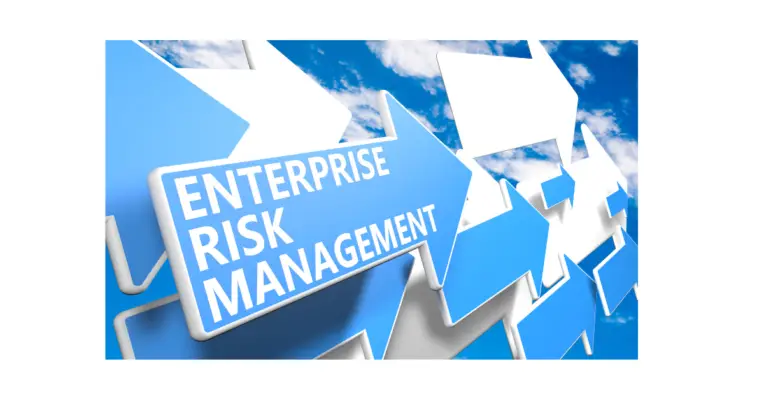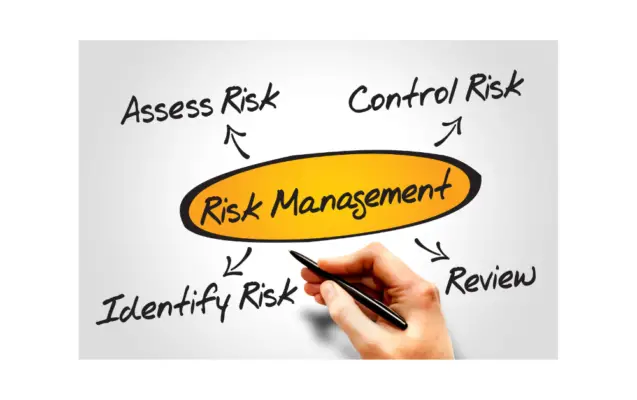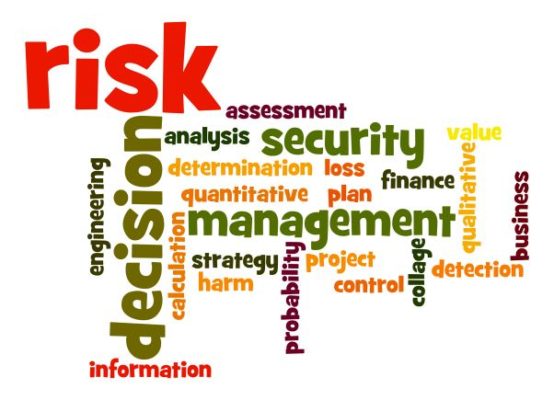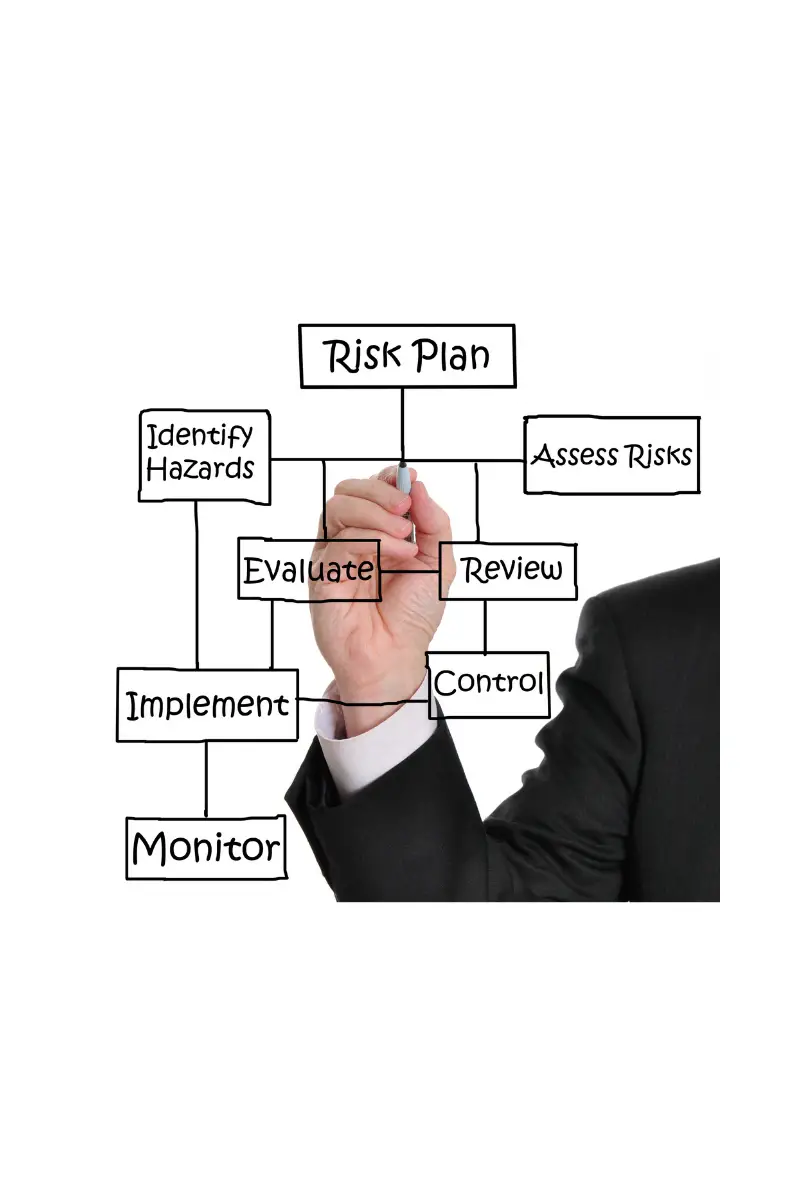Risk mitigation is the process of reducing the probability and/or severity of potential losses. In other words, it’s a way of safeguarding your business against potential risks. There are several different risk mitigation strategies that you can employ, but the most important thing is to be proactive rather than reactive.
If you’re not sure where to start, here are some tips for mitigating risk events in your business:
- Identify your risks. The first step is identifying all the risks that could affect your business. This includes everything from natural disasters to cyberattacks.
- Assess the probability and severity of each risk. Once you’ve identified your risks, you need to assess the probability and severity of each one. This will help you determine which risks are most urgent and must be addressed immediately.
- Develop a plan of action. Once you know which risks are most urgent, you need to develop a plan of action for mitigating them. This may include installing firewalls, conducting risk assessments, or creating emergency plans.
- Implement your plan. Once your plan is ready, it’s time to implement it. This may require some financial investment, but protecting your business from potential losses is worth it. An organization can also have a strategy of risk acceptance.
- Review and update your plan regularly. As conditions change, so too will your risk profile. It’s important to regularly review and update your risk mitigation plan to remain relevant and effective.
Risk mitigation is an important business practice for developing a plan to minimize risk for an organisation. Those threats against businesses are numerous. Recently Colonial Petroleum has been struck down by ransomware affecting its fuel distribution network and other infrastructure. Natural phenomena like tornadoes or hurricanes may disturb or destroy a company.
Many employers are preparing for an armed assault in the workplace. The COVID19 pandemic represents the most significant health problem that impacts virtually all industries around the globe. Limiting risks can impact the survival of businesses and how they are managed.
Imagine a situation where business leaders don’t stop and think about past failures and never consider new possibilities. What is the best solution? To reduce risk in the workplace, a good knowledge of risk management and its consequences should be based on it.
Risk mitigation is the process of reducing the probability and/or severity of potential losses. It is a term often heard in business, but what does it actually mean? This article will explore risk mitigation and provide tips on reducing risk in your life.
Why Risk Mitigation is Important?
Risk mitigation is important for a variety of reasons. By identifying potential risks, businesses can take steps to avoid them. This can minimize disruptions and the chances of an incident occurring in the first place.
Additionally, risk mitigation can help businesses recover more quickly from an incident if it does occur. Businesses can reduce the amount of damage that is caused and get back up and running more quickly. Risk mitigation is essential for any business that wants to stay ahead of the competition in today’s interconnected world.
Some additional reasons why risk mitigation is so important to include:
– It helps businesses avoid potential liabilities and compliance issues.
– It can protect businesses from reputational damage.
– It can help businesses save money in the long run.
-It can help organizations avoid potential problems that could negatively impact business.
Ignoring risks in our organizations will eliminate them from our strategic objectives. Inefficiently, the risk assessment can also be inaccurate when risk assessment is done without further action. It is, therefore, important to reduce potential risks.
If you have a defined action plan that combines rational and structured action, you can prevent a particular risk event altogether and reduce its consequences. Risk mitigation is only one component in a quality supply chain risk management plan, which includes managing and monitoring risks within a supply chain. It is a cycle for reducing risk across the supply chain and the varying levels and routes.

How to Do Risk Mitigation
Four key components of effective risk mitigation are also part of the risk management process: identification, analysis, response, and monitoring.
Identification is the first step in risk mitigation. It involves identifying potential risks that could impact the organization’s ability to achieve its objectives. This can be done through various methods, such as brainstorming sessions, root cause analysis, or reviewing historical data.
The analysis is the second step in risk mitigation. Once potential risks have been identified, they must be analyzed to determine their likelihood and potential impact. This information is used to prioritize risks and develop appropriate responses.
The response is the third step in risk mitigation. Once risks have been prioritised, strategies must be developed to address risk mitigation efforts. These strategies can involve taking proactive measures to avoid or minimize risks or establishing contingency plans to deal with them if they occur.
Monitoring is the fourth and final step in risk mitigation. It involves continuously monitoring the environment for changes that could impact the organization’s ability to achieve its objectives and responding accordingly.
Practical steps you can take to Mitigate Risk
Risk reduction actions are practical. It is impossible for businesses to reduce risks without identifying ways to mitigate them. These five steps can help you find ways to manage risk mitigation processes.
Identify the problem
Before implementing an effective and cost-effective business strategy, it’s important to assess risks to your organization. It is important at this stage to work with a diverse set of stakeholders to identify the possible risks and create a proper risk mitigation plan. This step coincides with the risk identification step of the risk management process.
Project documentation can provide useful information like the risk management strategy used. Review the project for any suggestions regarding possible risks.
Assessed
It is your turn to determine if there is an opportunity to take risks and what damage your company will have to endure. What effective risk mitigation strategies will be taken for a given risk depends on what category it falls in, following the risk assessment of that risk. Alternatively, as described in this article, you may accept “low” risk categories, reduce/transfer the medium risk and reduce the “high”.
Treat yourself
You decide what action to take to mitigate the risks and then implement strategies. Keep track of all potential risks, categories, and preferred prevention measures through an online database.
Proper risk management helps the participants see the plan and learn the necessary actions. Risk Registers help to keep your teams organized when threatening situations occur. 70% of tisk treatment strategies fall in insurance option. Insurance is a risk avoidance strategy.

Report
Share information about risk prevention techniques to improve the effectiveness of your risk mitigation strategy in your company. Keeping risk at a top priority for stakeholders is crucial; Keeping a regular report can also reveal risks previously unexplored.
Risk management is a major element of the business operation and includes reporting in daily or weekly processes. The Monday.com Work Operating system allows quick reporting using a pre-built risk register template.
30 % of the organizatios use the system as a risk mitigation measures. The platform can also help show report-making tasks and track risks. The associated cost of the system mightbe steep but has inbuild risk register.
Monitor
Businesses are not static; the projects often change. The risk should constantly be monitored for its target category and mitigation plan. You can schedule time during your weekly meetings or daily standup meetings for quick assessment.
Various statistical tools can monitor projects for important variables like project costs or duration. Monitoring risk mitigation strategies through various risk categories i.e financial risk, compliance risk, reputational risk, strategic risk,operational risk.
What are the Four Types of Risk Mitigation?
It is advisable to use four common risk management approaches: They are often avoid, reduced, transferred and accepted.
Acceptance
We also need to accept a risk management approach. Sometimes the reward is more important than any risk, which can help greatly. There can also be the possibility of the potential risk being extremely low or the negative effects being minimal.
The company may have a continuing strategy for accepting the risk in the lower risk categories. As the risk assessment is important, ensure the correct risk assessment for potential changes. You may also wish to weigh risks against your risk appetite to see if taking risks remains a good choice.
Avoidance
When you implement risk avoidance strategies, you can reduce risks. It will sometimes take compromising on other resources for you to do everything in your power to minimize your risk. Often it can happen that a project is incomplete due to unforeseen circumstances.
There are a few things to keep in mind when using avoidance as a risk mitigation strategy. First, it is important to identify all potential hazards. This includes both physical and chemical hazards. Once all potential hazards have been identified, steps should be taken to avoid them.
This may mean changing the way we work or using different materials. It is also important to ensure that employees are aware of the risks and know how to avoid them. Finally, we should regularly review our procedures and make sure that they are still effective in mitigating the risks. By following these guidelines, we can help ensure that our workplaces are safe and our employees are protected from harm.

Reduction
After you have done a risk analysis, you can take steps to minimize the chance of a risk and the consequences. If funds are limited, you may be unable to complete a specific task for lack of funds.
Managing costs in a budget effectively reduces this risk. If you want to complete projects within the budget you can select a less expensive raw material option (as shown in the above example) if you reduce the scope and save resources.
Transfers
Transfer of risk involves transferring risk consequences to an independent entity. This involves hiring insurance companies to cover the risks in a few cases. Occasionally risk transfer could be included in a contract signed by suppliers, outsourcers, or contractors. During construction delays, the contractor might face sanctions in the event of any loss to the company.
Conclusion
Risk mitigation is a critical part of any business, and it’s important to have a plan in place for when the unexpected happens. By understanding the different types of risks your business faces and implementing risk mitigation strategies, you can help ensure that your company remains stable and successful in the face of adversity. Have you ever had to deal with a risky situation in your business? How did you handle it? Let us know in the comments.

Chris Ekai is a Risk Management expert with over 10 years of experience in the field. He has a Master’s(MSc) degree in Risk Management from University of Portsmouth and is a CPA and Finance professional. He currently works as a Content Manager at Risk Publishing, writing about Enterprise Risk Management, Business Continuity Management and Project Management.

